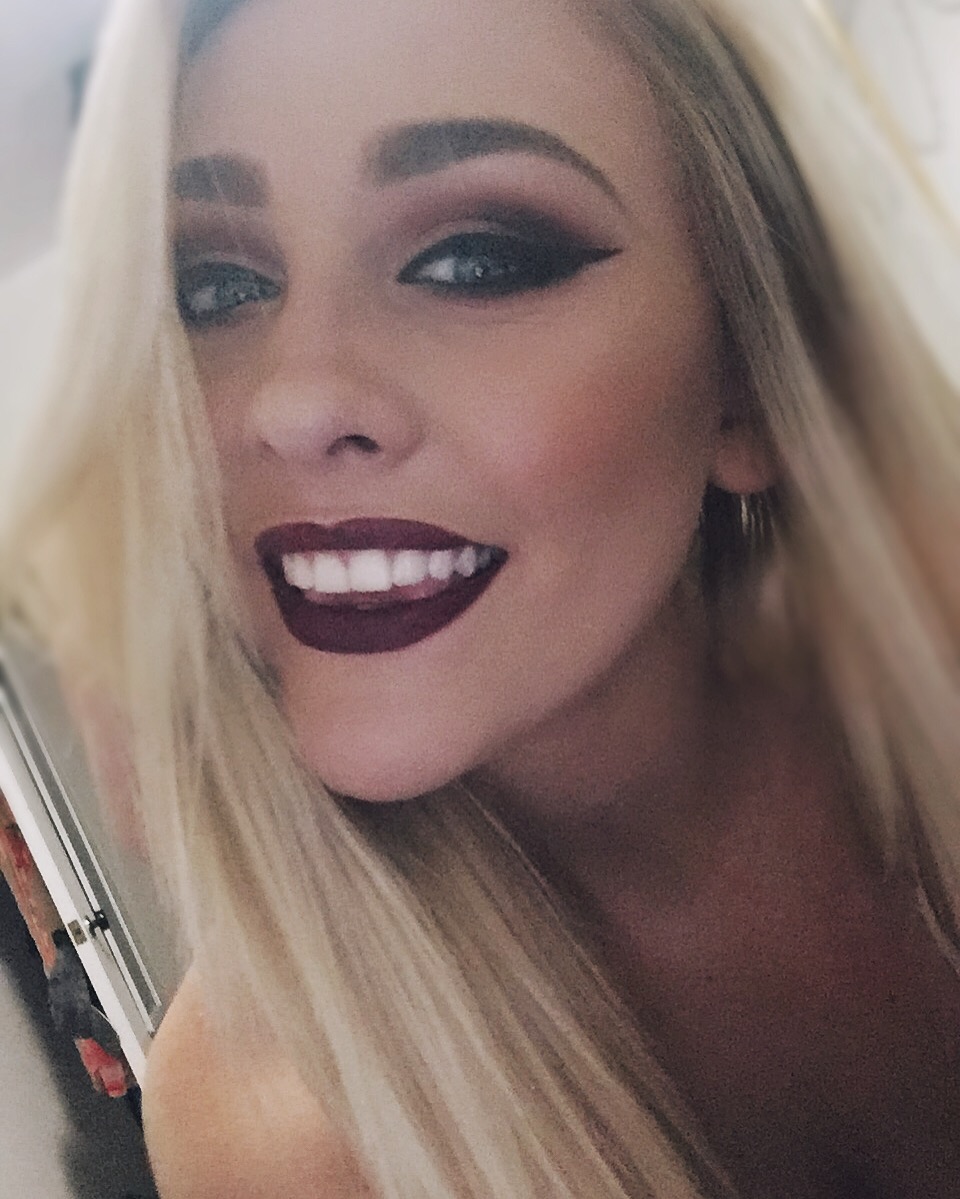Comedogenic Ratings
- Kayla Parry

- Jun 8, 2021
- 3 min read
Updated: Jun 25, 2021

comedogenic /ˌkɒmɪdə(ʊ)ˈdʒɛnɪk/
adjective
tending to cause blackheads by blocking the pores of the skin.
Noncomedogenic is a term used to describe cosmetic products that are formulated in such a way that they are not likely to cause pore blockages (comedones) and breakouts. It's mainly used to describe skincare products and cosmetics.
A product labeled noncomedogenic does not contain ingredients that are known to clog the pores. If you have acne, blackheads, or are prone to clogged pores, using noncomedogenic skincare products and cosmetics might help reduce the number of breakouts you get. However it doesn’t guarantee anything. Just because a product is labeled noncomedogenic does not mean it won’t cause comedones, it just means it's less likely. Everyone's skin is different and reacts differently to every product.
Even noncomedogenic products can clog pores in certain people. So, if you're noticing lots more blackheads, whiteheads, and bumpiness after using a certain product, even if it is labeled noncomedogenic, you might want to stop using it and see if the breakouts improve.
Also, remember that simply because a product is not labeled noncomedogenic doesn't automatically mean that it will clog your pores. If you've been using a product for years and you love the way it works for your skin, there is no reason to ditch it if it doesn't carry the noncomedogenic label.
The feel of a product isn't a good indication of whether it is noncomedogenic or not. There are some very emollient, greasy-feeling products that don't contain comedogenic ingredients, and very light products that do.
Know your ingredients! This list below displays a rating comedogenic ingredients- in other words a rating for the tendency of the ingredients to clog pores, which may cause acne. The goal is to stay below 2.
The ingredients are rated on a comedogenicity scale from zero to five. A score of zero means no comedones developed so it won't clog pores. A score of five means there's a high likelihood it will cause comedones. Many lists vary in rating however this is the best we can compile. The below list has been derived and compiled from various sources, including the Journal of American Academy of Dermatology.
COMODOGENICITY SCALE
0 – Not Likely to Clog Pores 1 – Low 2 – Moderately Low 3 – Moderate 4 – Fairly High 5 – High
(The goal is to stay below 2)
Oils
Almond Oil – 2
Apricot Kernel Oil – 2
Avocado Oil – 2
Camphor – 2
Castor Oil – 1
Cocoa Butter – 4
Coconut Butter – 4
Coconut Oil – 4
Corn Oil – 3
Cotton Seed Oil – 3
Evening Primrose Oil – 2
Grape Seed Oil – 2
Hazelnut Oil – 2
Hemp Seed Oil – 0
Mineral Oil – 0
Mink Oil – 3
Olive Oil – 2
Peanut Oil – 2
Petrolatum – 0
Safflower Oil (Carthamus tinctorius) – 0
Sandalwood Seed Oil – 2
Sesame Oil – 2
Shea Butter – 0
Soybean Oil – 3
Sunflower Oil – 0
Wheat Germ Oil – 5
Shark Liver Oil – 3
Waxes
Beeswax – 2
Candelilla Wax – 1
Carnuba Wax – 1
Ceresin Wax – 0
Emulsifying Wax NF – 2
Jojoba Oil – 2
Lanolin Wax – 1
Sulfated Jojoba Oil – 3
Botanicals
Algae Extract – 5
Aloe Vera Gel – 0
Calendula – 1
Carrageenans – 5
Chamomile – 2
Chamomile Extract – 0
Cold Pressed Aloe – 0
Red Algae – 5
Vitamins & Herbs
Ascorbic Acid – 0
Black Walnut Extract – 0
Tocopherol (Vitamin E) – 2
Vitamin A Palmitate – 2
Panthenol – 0
Antioxidants
Beta Carotene – 1
BHA – 2
Minerals
Algin – 4
Colloidal Sulfur – 3
Flowers of Sulfur – 0
Potassium Chloride – 5
Precipitated Sulfur – 0
Sodium Chloride (Salt) – 5
Talc – 1
Zinc Stearate – 0
Thickeners, Emulsifiers, Detergents Carbomer 940 – 1 Hydroxypropyl Cellulose – 1 Kaolin – 0 Magnesium Aluminum Silicate – 0 Sodium Laureth Sulfate – 3 Sodium Lauryl Sulfate – 5 Sorbitan Oleate – 3 Alcohol, Esters, Ethers, & Sugars Polysorbate 20 – 0 Polysorbate 80 – 0 Sterol Esters – 0 Behenyl Triglyceride – 0 Butylene Glycol – 1 Cetearyl Alcohol – 2 Diethylene Glycol Monomethyl Ether-0 Glycerin – 0 Glyceryl Stearate NSE – 1 Glyceryl Stearate SE – 3 Glyceryl Tricapylo/Caprate – 1 Glyceryl-3-Diisostearate – 4 Hexadecyl Alcohol – 5 Isocetyl Stearate – 5 Isopropyl Alcohol – 0 Laureth 23 – 3 Laureth 4 – 5 Octyl Stearate – 5 Oleth-10 – 2 Oleth-3 – 5 Oleyl Alcohol – 4 Polyethylene Glycol (PEG 400) – 1 Polyethylene Glycol 300 – 1 Polyglyceryl-3-Diisostearate – 4 Propylene Glycol – 0 Propylene Glycol Monostearate – 4 SD Alcohol 40 – 0 Sorbitan Laurate – 1 Sorbitol – 0 Steareth 10 – 4 Steareth 100 – 0 Steareth 2 – 2 Steareth 20 – 2 Wheat Germ Glyceride – 3



Comments